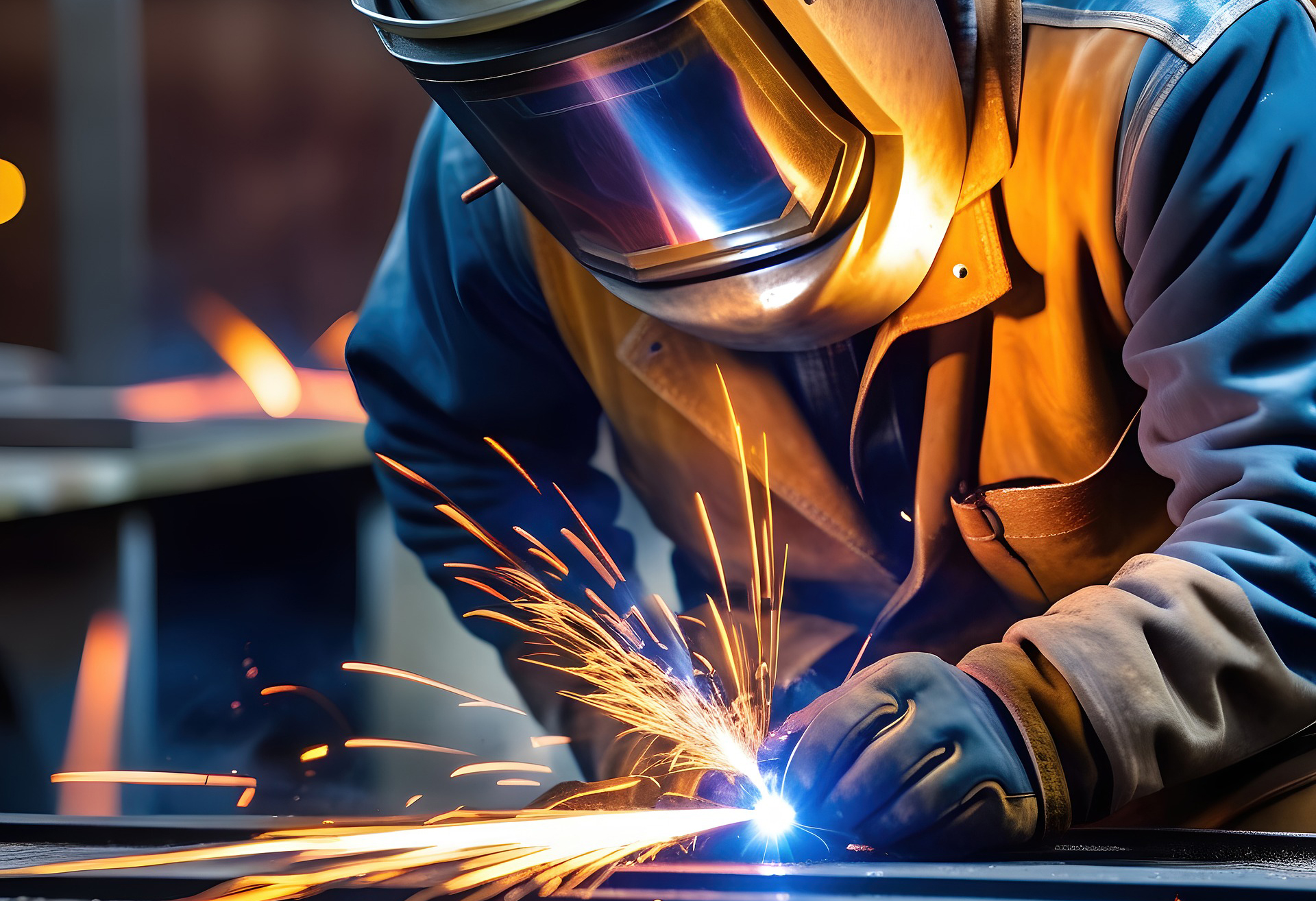
Strategic Co-Manufacturing in India: A New Paradigm for Global Engineering Partnerships
In today’s rapidly evolving geopolitical and economic climate, global manufacturing networks are undergoing a fundamental shift. Supply chains are no longer judged merely by cost-efficiency—they must be resilient, responsive, and regionally diversified. As European manufacturers navigate disruptions triggered by conflict, inflationary pressures, and policy realignments, the need for alternative supply bases has grown more urgent than ever.
India, once seen merely as a cost-competitive outsourcing hub, has transformed into a viable co-manufacturing partner for global OEMs and Tier-1 suppliers. With robust industrial capabilities, a rapidly growing digital ecosystem, and government-backed production incentives, India now offers both the scale and precision required for mission-critical fabrication.
As Managing Director of CRG Group, I’ve had the opportunity to lead a multi-decade journey in high-precision heavy fabrication. Our core specialization lies in custom steel structures and assemblies for high-speed rail, metro rail, freight wagons, defense-grade platforms, and critical infrastructure. We fabricate and deliver bogie frames, welded structures, fuel tanks, underframes, and large assemblies with tight tolerances and rigorous QAP compliance—partnering with PSUs like Indian Railways, as well as multinational collaborators.
One of India’s greatest strengths today lies in its integrated manufacturing ecosystems. Regions like Baddi–Barwala–Chandigarh, where our group is headquartered and operates production lines, offer access to high-tensile raw materials, specialized machining vendors, and a semi-urban skilled workforce. At CRG, we maintain CNC and plasma profiling, in-house NDT facilities, robotic MIG/TIG welding, and ERP-driven process control. Our facilities are modularly designed to adapt quickly to custom fabrication needs.
For companies in Europe, Japan, or the U.S., partnering with Indian fabrication specialists like CRG presents distinct strategic advantages
The barriers to entry are also lower for industries seeking steel or modular fabrication. Unlike automotive or pharma, where capex, environmental clearance, and IP security are challenges, heavy steel fabrication is comparatively less investment-intensive and easier to deploy through joint ventures or buyback contracts.
Moreover, Indian vendors are not just suppliers—they are co-development partners. We increasingly see a shift toward design-to-build engagements, reverse engineering collaborations, and even tool-path optimization support for foreign design centers. This not only reduces lead times but builds long-term synergy between partners.
As India continues to evolve into a core node in the global value chain, the narrative must shift from outsourcing to co-creation. At CRG, our commitment is to build lasting partnerships—ones that emphasize engineering collaboration, reliable delivery, and quality that competes on the world stage.
In the coming decade, manufacturing success won’t be defined by who builds it cheaper, but by who builds it smarter, faster, and more collaboratively. With the right partners, Indian manufacturers can become global innovation multipliers—not just contract fabricators.
For international firms exploring entry into South Asia or building resilience into their existing supply chains, the question isn’t whether to engage with Indian partners—it’s how soon they can start.






